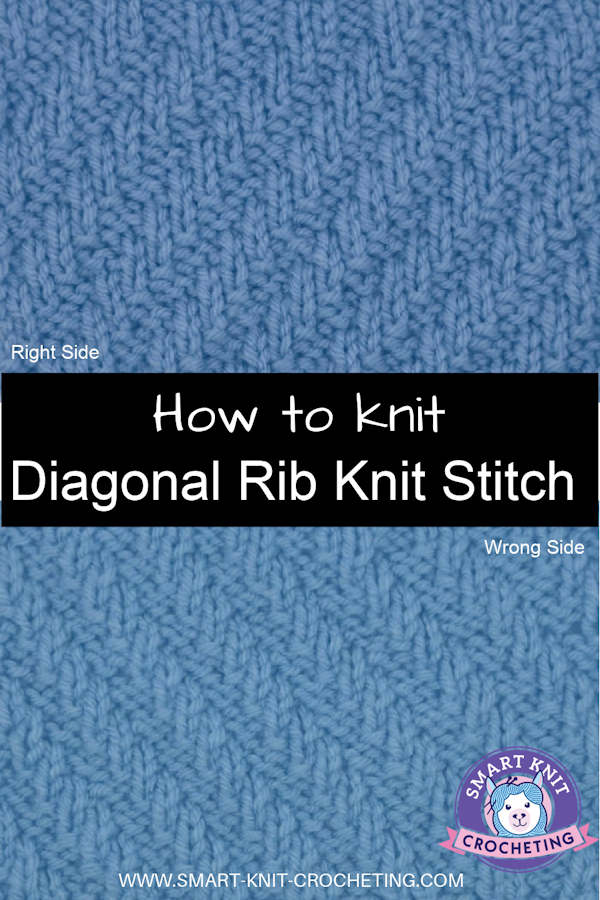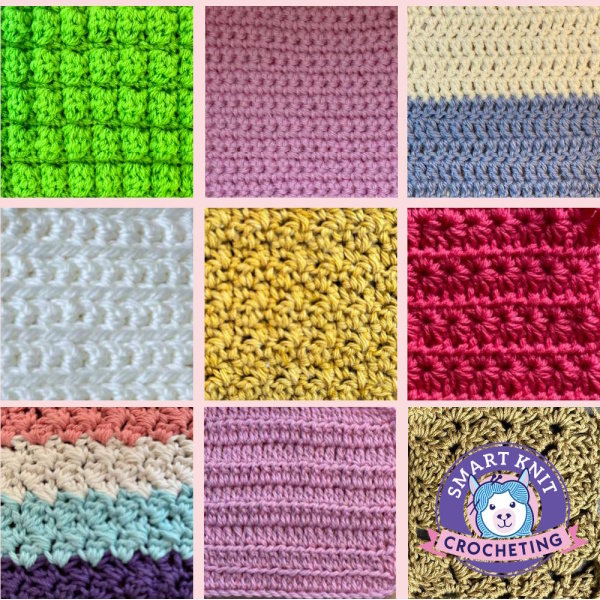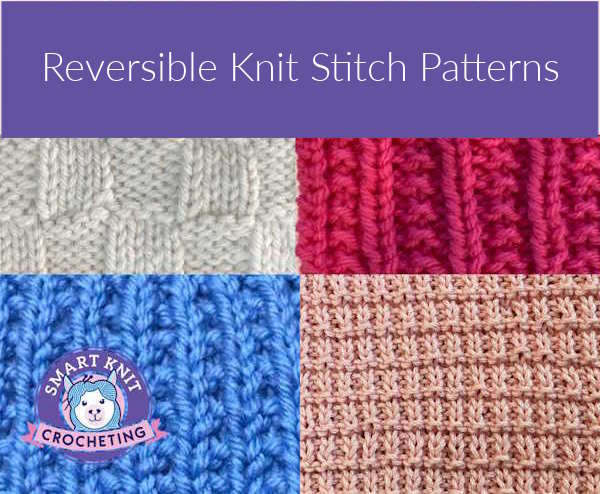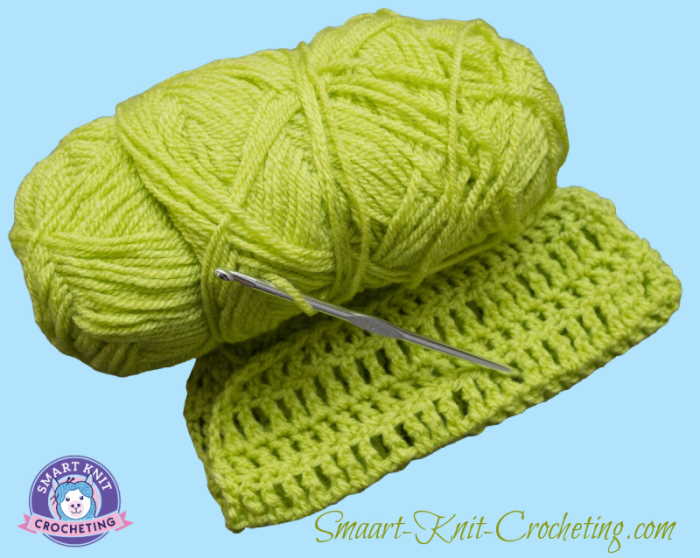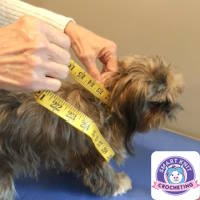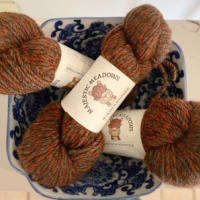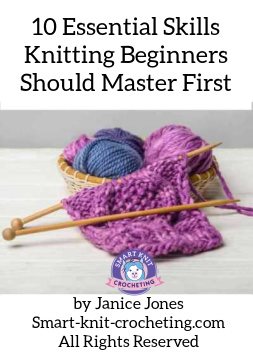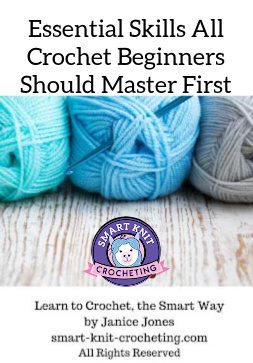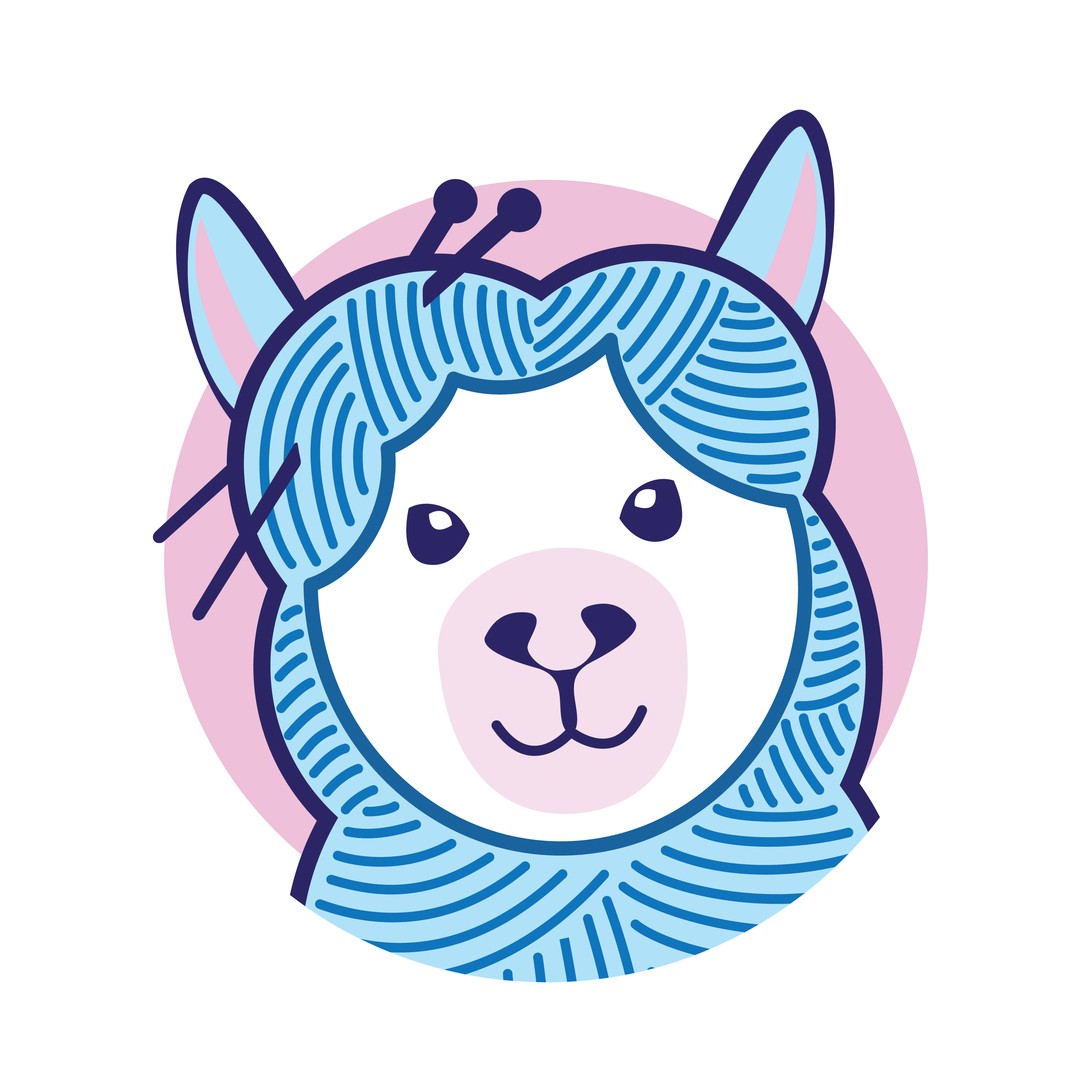- Home
- Types of Knit Stitches
- Reversible Knit Stitch Patterns
- Diagonal Rib Stitch
Diagonal Rib Stitch
By Janice Jones
The Diagonal Rib Stitch is a classic variation on traditional ribbing that shifts the vertical columns of knits and purls into a diagonal flow. The result is a fabric that’s reversible, stretchy, and full of movement, making it perfect for scarves, blankets, sweaters, and other projects where both sides will be visible.
Since it’s worked with only knit and purl stitches, it’s easy enough for beginners but still creates an eye-catching texture that looks far more complex than it really is.
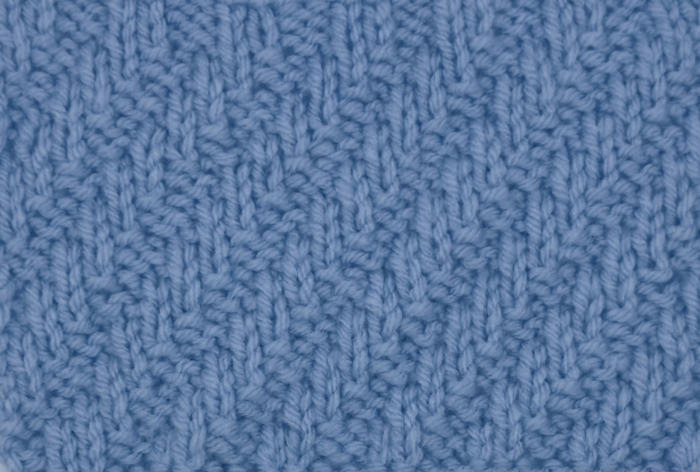 Diagonal Rib Stitch Right Side
Diagonal Rib Stitch Right SideStitch Difficulty

Skills Needed
How to read written instructions or knitting charts
Abbreviations Used
k = knit
p = purl
* * = work the instructions between the two asterisks the number of times indicated in the pattern
RS = right side
WS = wrong side
Notes
- 8-row repeat
- stitch multiples of 4
- Reversible: Meaning that both sides look identical
- This fabric lies flat
- This is a knit and purl stitch pattern
Written Instructions for Working Flat
Cast on a multiple of 4 stitches.
Row 1 (RS): *Knit 2, Purl 2; rep from * to end of row.
Row 2: * K2, P2; rep from * to end of row.
Row 3: * K1, P2, K1; rep from * to end of row.
Row 4: * P1, K2, P1; rep from * to end of row.
Row 5: * P2, K2, rep from * to end of row.
Row 6: * P2, K2, rep from * to end of row.
Row 7: * P1, K2, P1, rep from * to end of row.
Row 8: * K1, P2, K1, rep from * to end of row.
Repeat rows 1-8 for the pattern.
Written Instructions for Working in the Round
Cast on a multiple of 4 stitches.
Round 1: * K2, P2; rep from * around.
Round 2: * K2, P2; rep from * around.
Round 3: * K1, P2, K1; rep from * around.
Round 4: * K1, P2, K1; rep from * around.
Round 5: * P2, K2; rep from * around.
Round 6: * P2, K2; rep from * around.
Round 7: * P1, K2, P1; rep from * around.
Round 8: * P1, K2, P1; rep from * around.
Repeat rounds 1-8 for the pattern.
Instructions for Working Flat in Chart Form
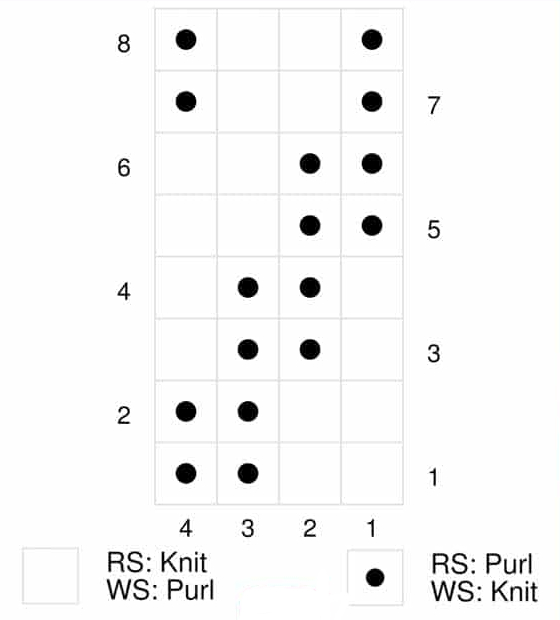
Troubleshooting and Tips
Like other stitch patterns that use only knit and purl stitches, the diagonal rib stitch depends on great tension. Sometimes problems between knit and purl stitches can cause the fabric to look less than stellar. This article looks at tension problems. Sometimes knit stitches look wonky when worked after purl stitches.
This happens because the amount of yarn used for knit stitches is different than when used for purl stitches. The result is that knit stitches are often overly large. To correct this problem, a little tug when making purl stitches may help.
Project Considerations
Since this stitch pattern is reversible, meaning that both the public and private sides look the same, any project where you want both sides to look good are suitable for consideration:
- Dishcloths and Washcloths, Towels
- Placemats and Coasters
- Blankets of all sizes
- Scarves and cowls
Frequently Asked Questions
Is the Diagonal Rib Stitch reversible?
Is the Diagonal Rib Stitch reversible?
Yes. This stitch has a balanced, diagonal texture that looks the same on both sides.
Is the Diagonal Rib Stitch suitable for beginners?
Is the Diagonal Rib Stitch suitable for beginners?
Yes. It uses only knits and purls, but beginners may need to count carefully until the pattern becomes familiar.
Does the Diagonal Rib Stitch stretch?
Does the Diagonal Rib Stitch stretch?
Yes. Like other rib stitches, it features built-in elasticity, making it ideal for wearable knits.
What projects are best for the Diagonal Rib Stitch?
What projects are best for the Diagonal Rib Stitch?
Blankets, scarves, sweaters, and hats — especially where you want movement and texture without curling.
Diagonal Rib Stitch: Pin for Future Reference
Conclusion
The Diagonal Rib Stitch is a versatile, reversible pattern that combines the stretch of ribbing with the visual interest of a diagonal design.
Because it lies flat and looks polished on both sides, it’s a wise choice for scarves, sweaters, and home décor projects. Easy to knit and endlessly adaptable, this stitch is one you’ll return to again and again for both simple and advanced projects. Happy Knitting
